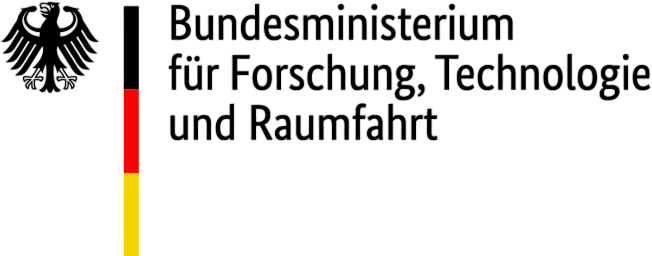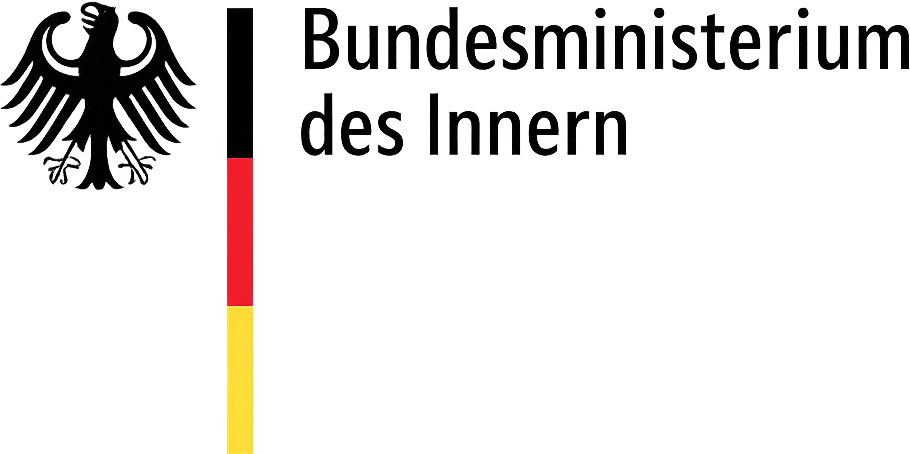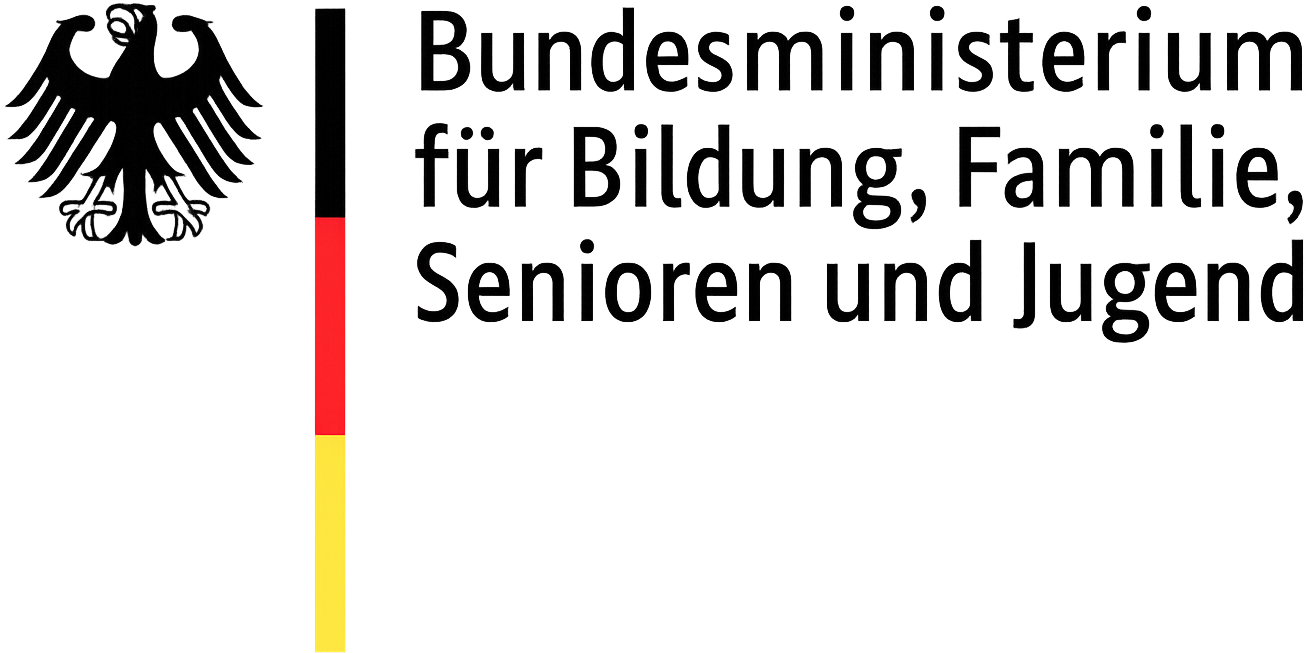Autor*innen
Organisation/Institut
Fachgebiet
Publikationsformat(e)
Projektstand
Projektbeginn
Projektende
Forschungseinrichtung(en)
Zentraler Phänomenbezug
Phänomenbereich
Völker, Teresa; Saldivia Gonzatti, Daniel
WZB Wissenschaftszentrum Berlin für Sozialforschung
Politische Soziologie
Artikel im Journal Political Communication
Abgeschlossen
/
/
Außenuniversitär (Forschungsgemeinschaft)
Übergreifend: Radikalisierung – Extremismus und/oder Terrorismus
Rechts
Zentrale Fragestellung:
How do far-right actors and issues structure public debates and become mainstream over time? Previous research has shown that far-right actors are central actors in political conflicts in Western Europe, partly due to their dominance in struggles on cultural issues. The entrenchment of the far right substantially depends on their networks and public visibility. However, we still lack a long-term understanding of public debates about far-right actors and their discursive interconnections across issues. In this paper, we deliver the first longitudinal analysis of the evolution and structure of far-right discourse networks and the diffusion of far-right ideas in public debates since the 1990s. Methodologically, this paper innovates by combining discourse network analysis with automated text analysis to investigate how the relations between far-right actors and issues are represented in mass media. We analyze more than 500,000 newspaper articles in six different mass media outlets in Germany. The results show that far-right actors have gained more public visibility since the 1990s. The study demonstrates that the mass media debates have introduced and amplified cultural issues “owned” by the far right. Far-right discourse networks in mass media have grown, discursive interactions have intensified and discourse networks have become more centralized. Our results indicate that the discursive mainstreaming of the far right evolved in the context of the “refugee crisis” in 2015, and was linked to the AfD’s institutional access. Overall, the study aids in developing a better understanding of the success of the far right and the crucial role of public debates.
Stichprobenbildung – Datenzugang:
Über 500.000 Artikel aus sechs deutschen Zeitungen zu den Themen Nationalismus, Migration, Islam (1994-2020).
Gesamtstichprobengröße
Inhaltlicher / Thematischer / Empirischer Zentralfokus
Methodik
Erhebungsverfahren
Auswertungsverfahren
/
Inhaltsanalyse
Zentrale Forschungsbefunde:
/
Implikationen oder praktische Verwendbarkeiten:
/
Hinweise / Anregungen zu möglicher Anschlussforschung:
/
- Zitation des Projekts
Teresa Völker & Daniel Saldivia Gonzatti (2024)
Discourse Networks of the Far Right: How Far-Right Actors Become Mainstream in Public Debates, Political Communication, DOI: 10.1080/10584609.2024.2308601
Quellenangabe projektbezogener Publikation
- Teresa Völker & Daniel Saldivia Gonzatti (2024)
Discourse Networks of the Far Right: How Far-Right Actors Become Mainstream in Public Debates, Political Communication, DOI: 10.1080/10584609.2024.2308601
Verlinkung zum Projekt:



